The smallest PLB: ACR ResQLink or Satro PLB-110?
I was pleased to get an email from NOAA this weekend reminding me to renew the registration of the ACR AquaLink View PLB I first tested in 2010. I’m especially aware of how important it is to keep distress beacon info up to date because in Miami I got to visit the USCG District 7 SAR Command Center and meet the folks who tend to 44% of all CG EPIRB/PLB activations. And since ACR nicely gave all the attendees a new ResQLink+ to test, I registered that too. As the photo shows, ACR makes it easy by providing the NOAA form with the beacon specifics already filled in and even a postage paid envelope (and ditto for the warranty), but I went online…
Www.beaconregistration.noaa.gov is fairly easy to use, even if you’ve forgotten the password you used two years ago, but you do have to start fresh for each beacon you register. You can have two emergency contacts with up to four phone numbers each and there’s an “Additional Data” field where you should probably put boat type, MMSI number, other tracking devices used, and whatever else might help the SAR people know what they’re looking for. You can also go back anytime to modify a registration. Is your beacon info up to date?…
Of course I’m also interested in the new ResQLink+ itself, which is the floating version of the regular ResQLink that came out early last year. Just as the latter claims to be the smallest PLB made, the plus model claims “smallest buoyant PLB” status. But as you can see from the photo below showing a ResQLink+ next to a non-floating Fast Find 210, the differences are subtle. But there is a PLB coming to market that might actually fit in your pocket if that’s important…
That’s the new new Astronics SATRO PLB-110 (not yet FCC approved, but expected to sell for $299 when it is). I’m not familiar with Astronics, but Doug Ritter of Equipped to Survive is, and he reports on the company and the PLB here. I think it’s great that there are small, inexpensive PLBs, especially ones like the ResQLink that you can test right through the COSPASS-SARSAT system thanks to 406Link.com (I signed up for that too, and hope to give the test unit an open sky soon). But I’m not sure boaters should be overly concerned about size, especially given that personal AIS SARTs may be shaping up to be the MOB device of choice.


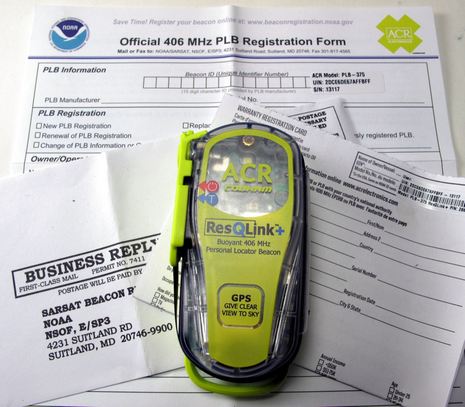
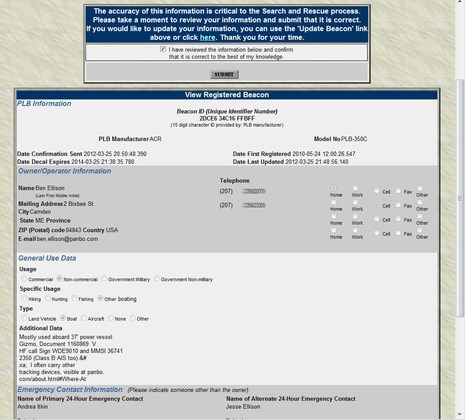
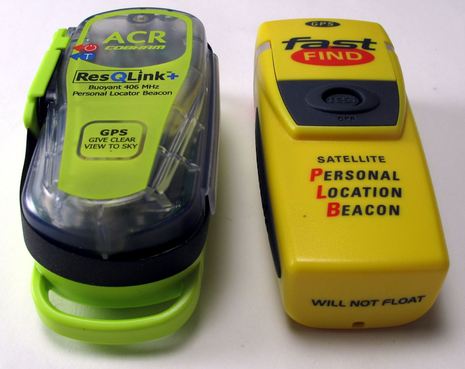
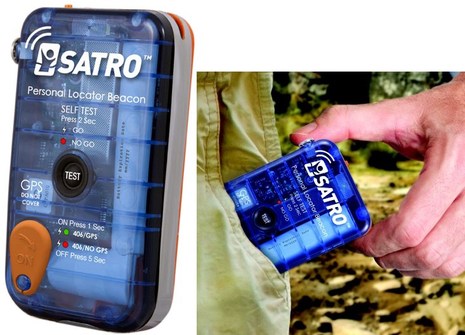
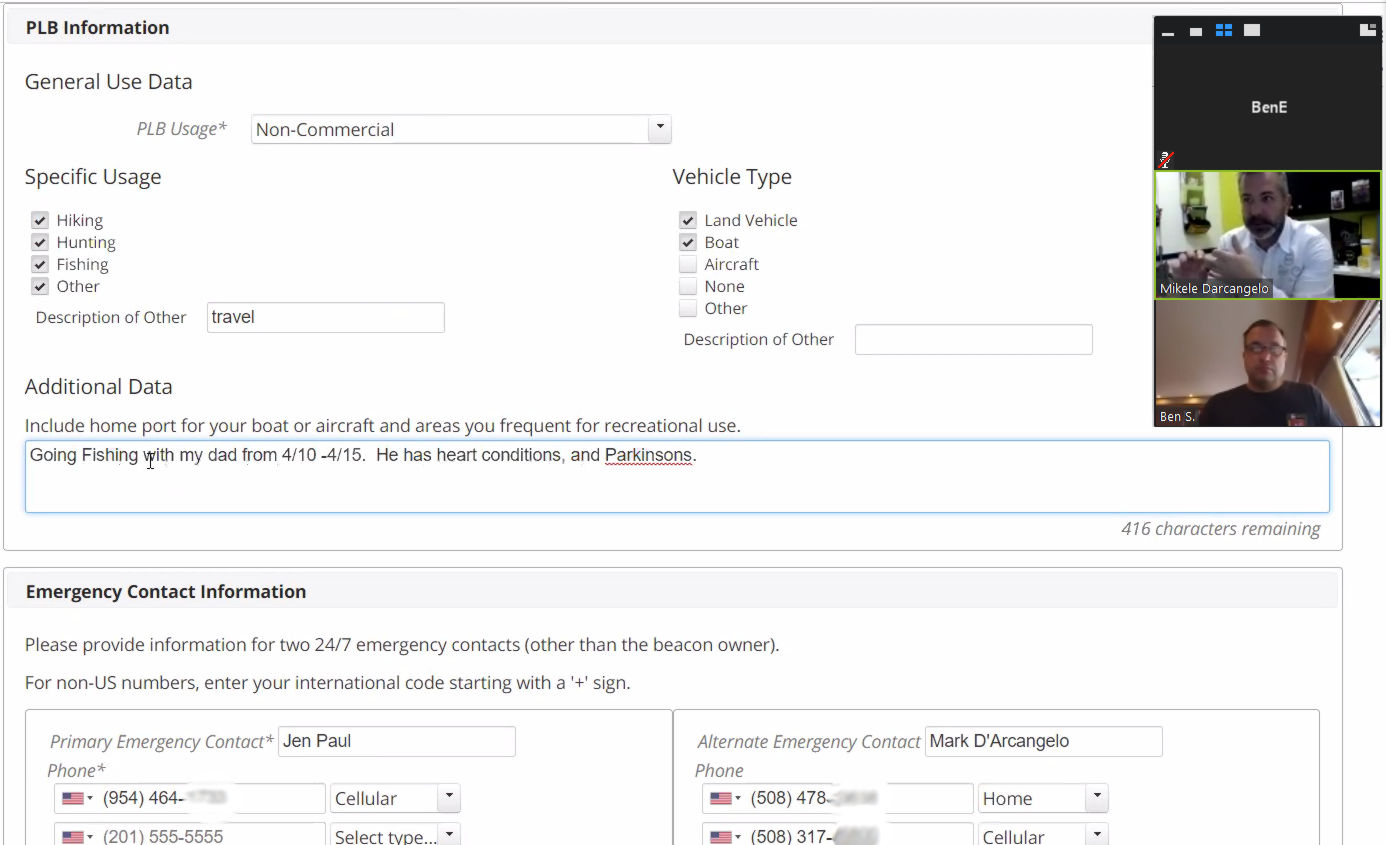
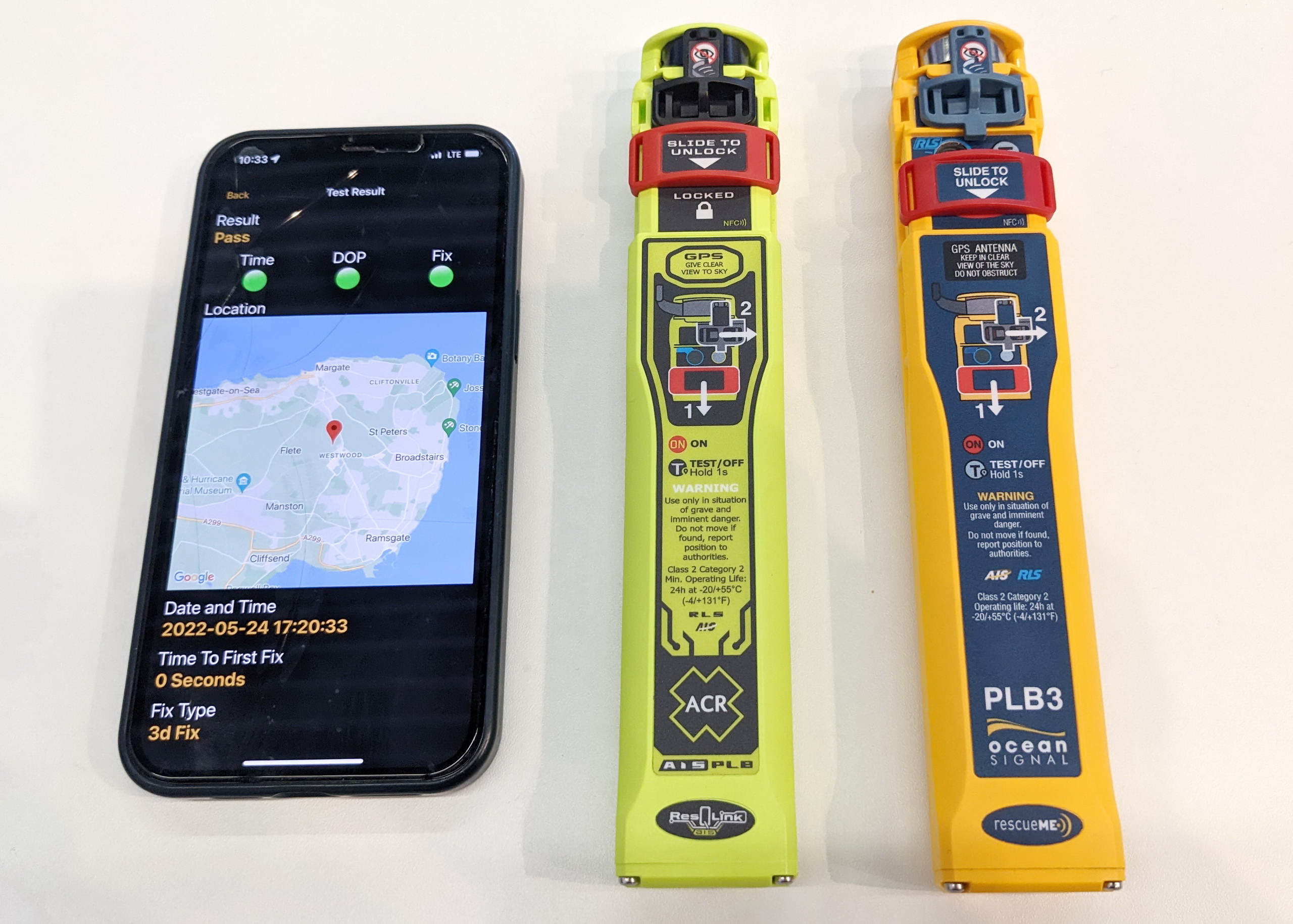
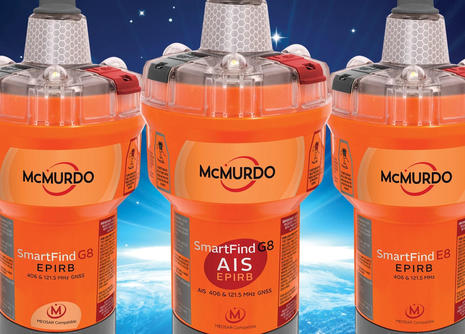
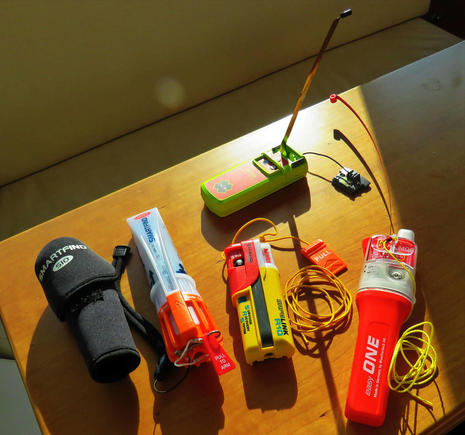







I tried a full GPS test outside my house, though the sky view is fairly restricted. It took the ResQLink maybe 30 seconds to acquire a position and the 406 mHz test burst made it through the system to 406Link, which sent me an email confirmation. I have a high level of confidence that this PLB will work if needed!
If you have several beacons, look at the “block” registration on the NOAA beacon registration website. To make modifications you still need to bring up the form for each beacon, but they are all nicely grouped together and the registration expiration dates are all on the front page. If there are no changes to the registration data it looks like you can update all your beacons at once.
Is it a strange idea to think that an AIS Sart/PLB Beacon wil be the next?
How many beacons are enough for someone who has a tremendously diverse use of a 39 foot sailboat as I do (race with competent crew, race shorthanded with crew unable to recover MOB, sometimes cruising offshore (in which case I rent a EPIRB), sometimes alone)
EPIRB – gold standard for non-MOB emergencies.
PLB beacon – Limitations, but a solution if I am the MOB. Not so good if I am the captain, and my crew is in the water. Is my MOB in good enough physical condition / is the water not to cold, for them to deploy it? How long do I have to wait to learn their location from the authorities ?
DSC/GPS (Rescue 21) capable VHF radio – Advantages over PLB if I am the MOB in cold water. Dual use when in the Dinghy and have an emergency.
DSC Beacon – If small enough to stuff in my PFD, has advantages over PLB if I am the MOB in cold water. Advantage #1, it will more likely be with me if I am MOB then a bulky VHF.
AIS beacon – great solution if my crew is the MOB. As a confident captain, I have instant access to the current location of my lost crew member, and can get them out of the water faster than anything else. Far better than a radio direction finder, no gear to unpack and setup, just look at the MFD.
Raymarine Life Tag and similar – as with the AIS beacon, great solution if my crew is MOB, integrated alarm to wake up crew in a double handed situation. If I am the MOB, and my crew is competent to pick me up, I can think of situations where I would prefer the AIS solution (fog). But this is a close 2nd.
Dan, regarding PLBs, if you have a 121.5 MHz beacon receiver on board (and turned on), you won’t have to wait for notification, you will hear the alarm as soon as the MOB triggers the PLB.
I agree, an automatic AIS or DSC/GPS beacon system would be better, and the Lifetag (or similar) will raise the alarm even if the MOB is incapacitated.
I do appreciate that these MOB solutions are getting smaller and better. Each of my crew carries a PLB, and I have the receiver, but it may not be long before a clearly superior alternative is available.